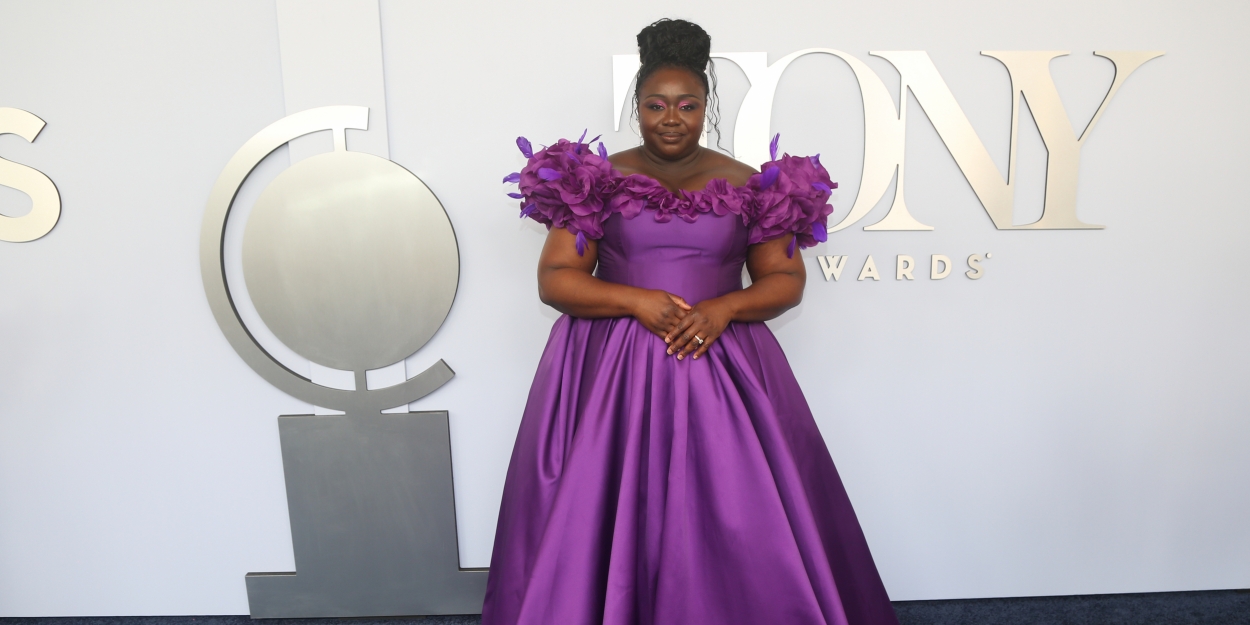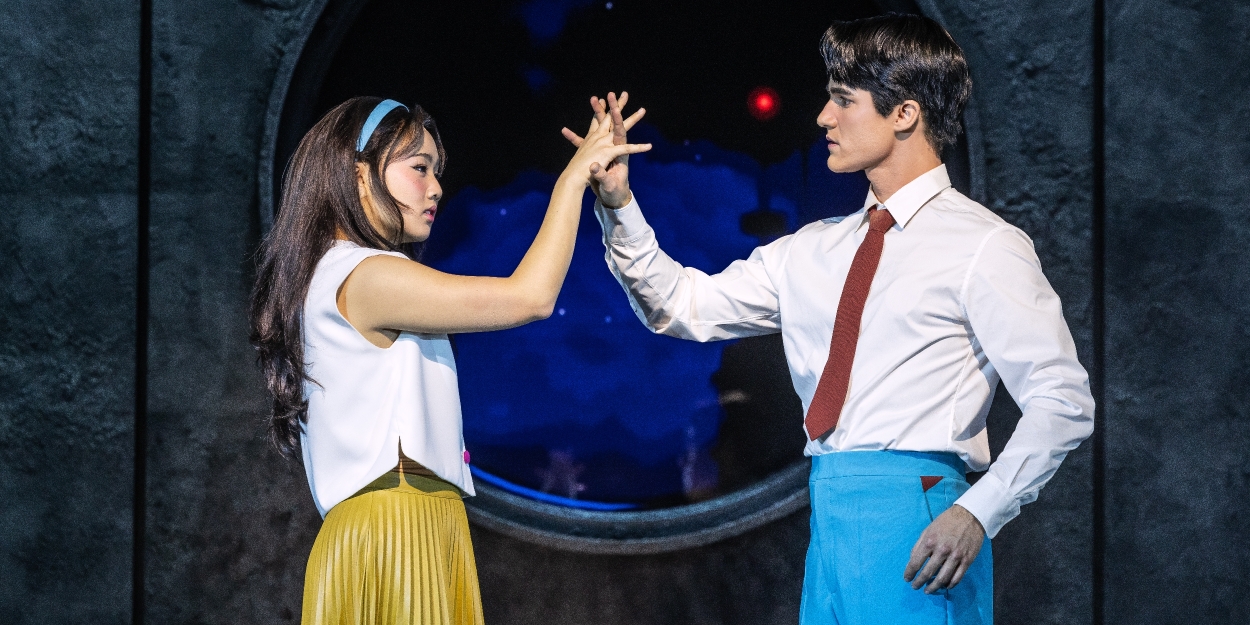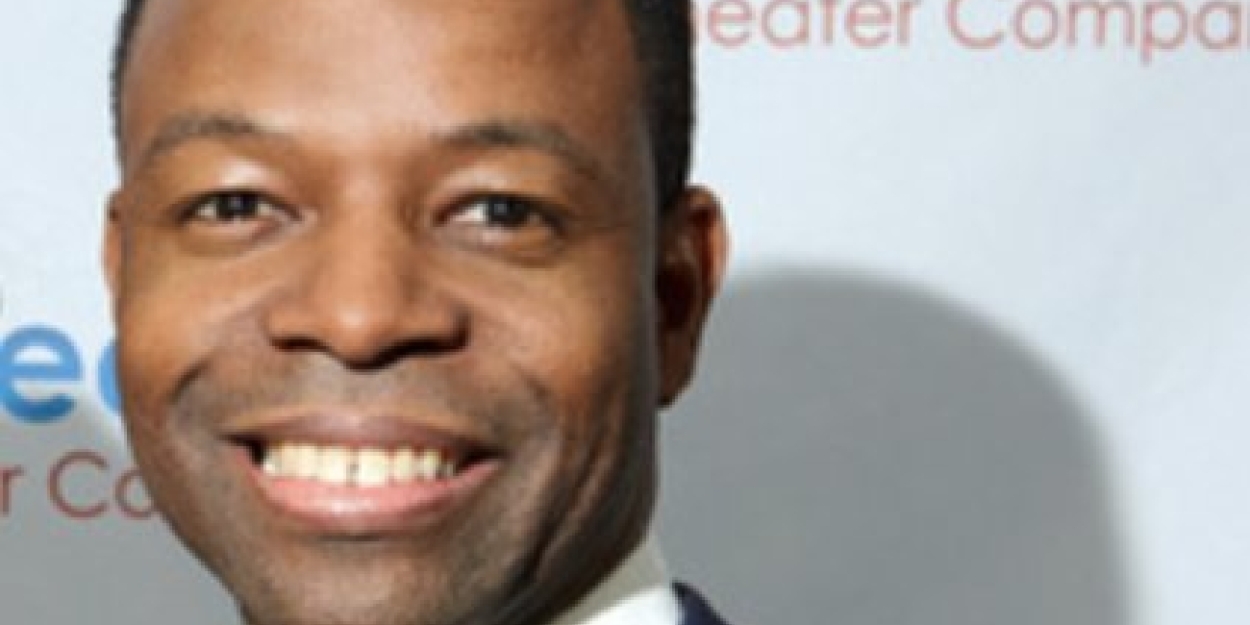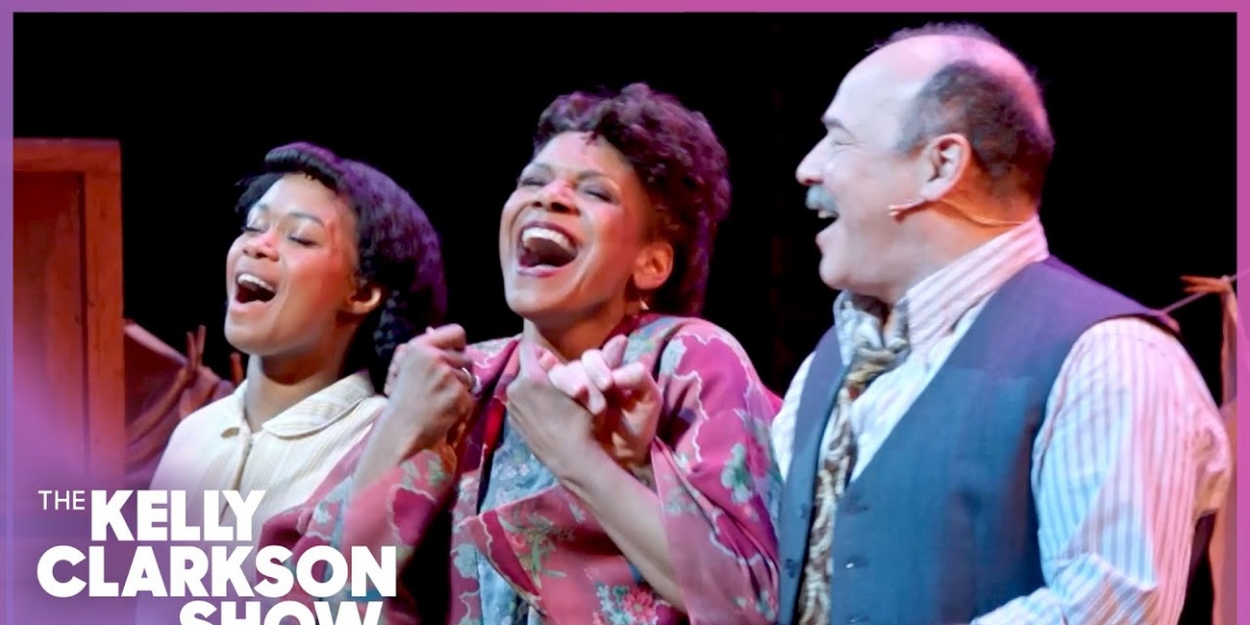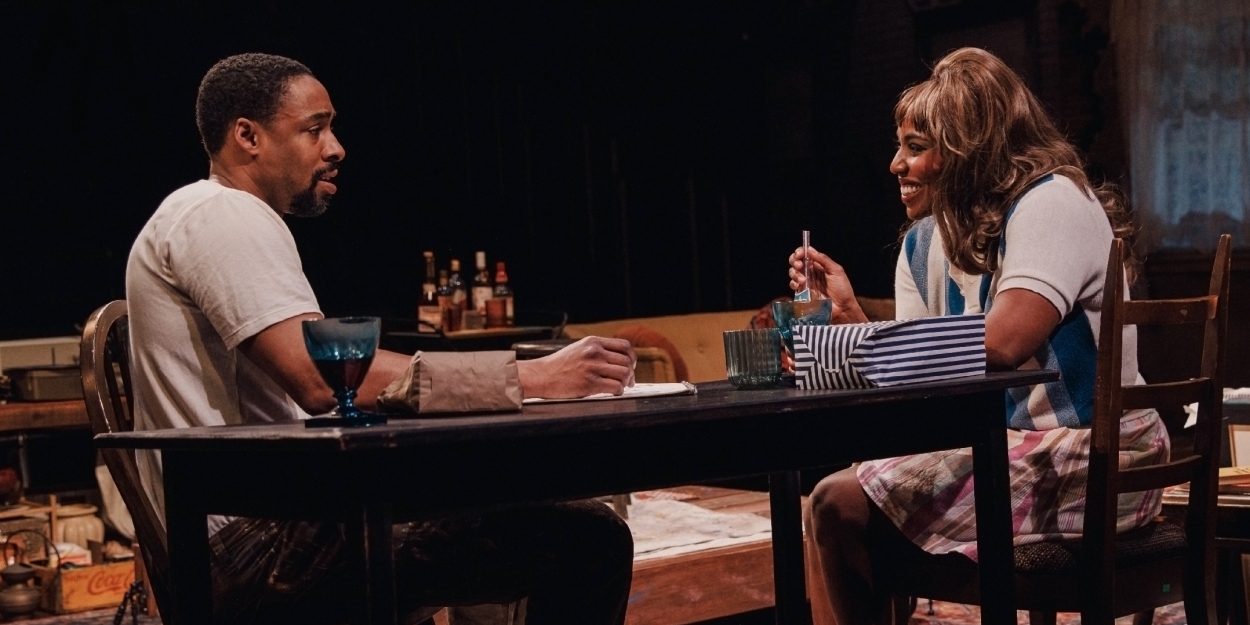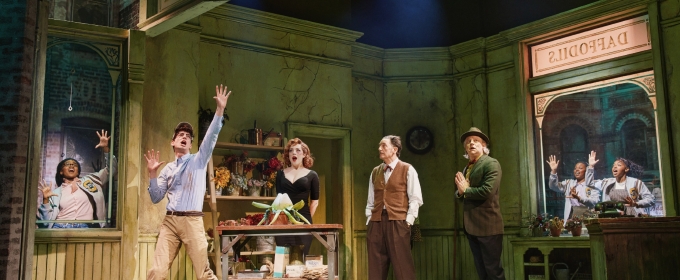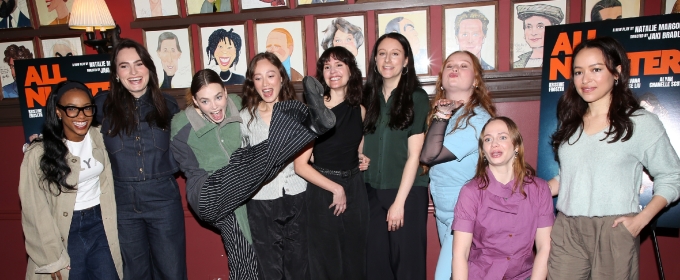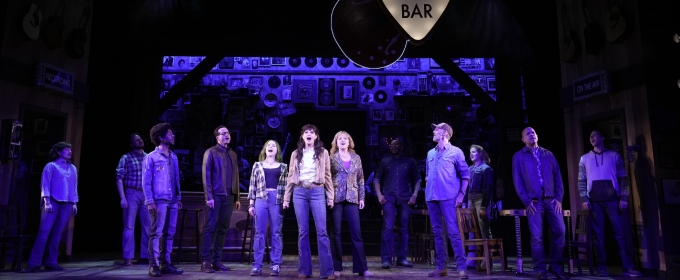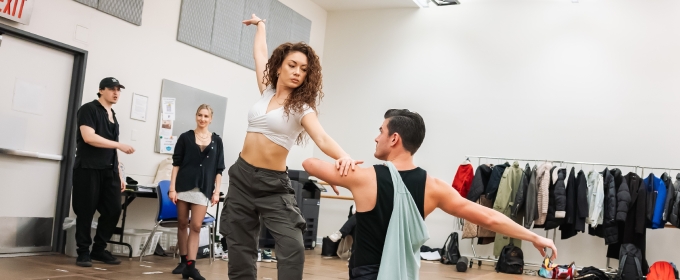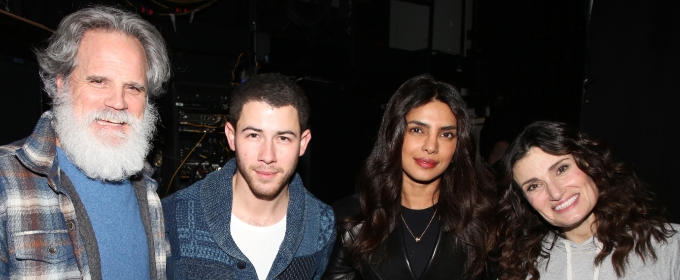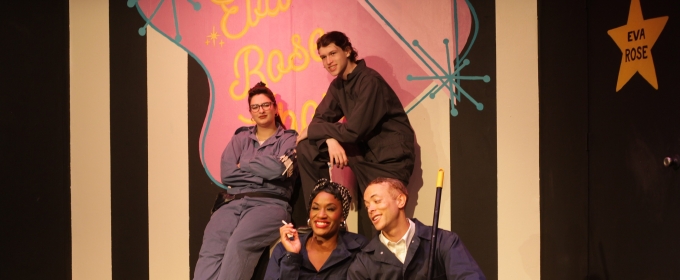Trending Stories
Recommended for You
THE QUEEN OF VERSAILLES, Led By Kristin Chenoweth, Gets Broadway Theater and Dates
The new musical will open at the St. James Theatre in fall 2025.
Curtains Fall at the Kennedy Center: What Is Trump Doing and Why?
We're breaking down all of the latest updates from Trump's Kennedy Center takeover.
Jean Smart Will Return to Broadway in One-Woman Show CALL ME IZZY
The 12-week limited engagement will play Studio 54 from May 24 – August 17, 2025.
Meet the Cast of SMASH, Beginning Previews Tonight on Broadway
The production will officially open Thursday, April 10, 2025 at Broadway’s Imperial Theatre.
Ticket Central
Industry
West End

Photos: SABRAGE At Menier Chocolate Factory
The production opens on 26 March, with previews from 15 March, and is booking until 6 July 2025.
The production opens on 26 March, with previews from 15 March, and is booking until 6 July 2025.
New York City

Photos: LAST CALL At New World Stages
The play officially openings on March 16. Last Call is produced by Frank Blase and Marc Schneider and will play a limited engagement through May 4.
The play officially openings on March 16. Last Call is produced by Frank Blase and Marc Schneider and will play a limited engagement through May 4.
United States
JESUS CHRIST SUPERSTAR to be Presented at Pittsburgh Musical Theater
Performances will run from April 3-13.
Performances will run from April 3-13.
International

Review: TINA: THE TINA TURNER MUSICAL Dazzles Edmonton
Tina: The Tina Turner Musical takes the spotlight at Edmonton's Northern Alberta Jubilee Auditorium until March 16.
Tina: The Tina Turner Musical takes the spotlight at Edmonton's Northern Alberta Jubilee Auditorium until March 16.







